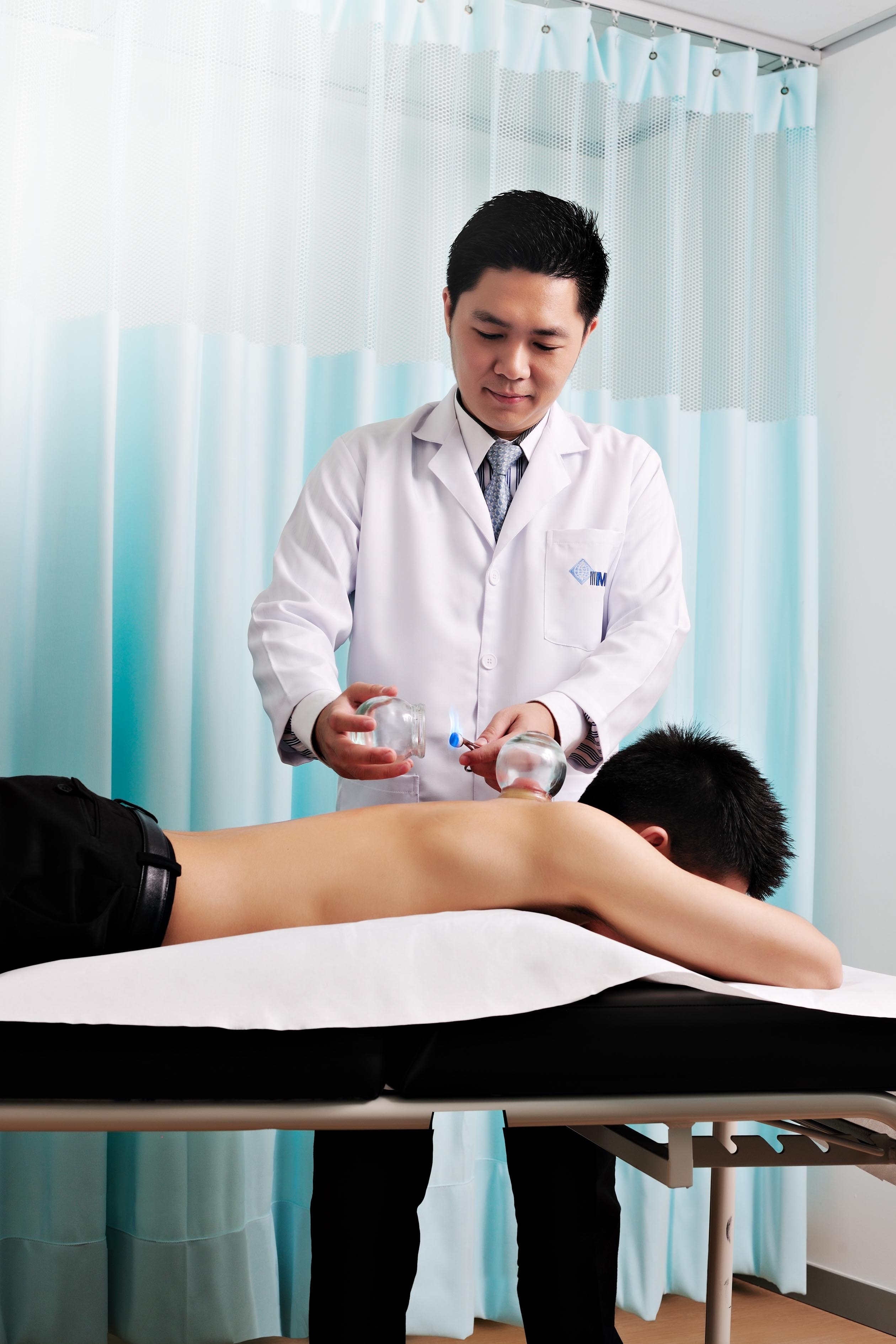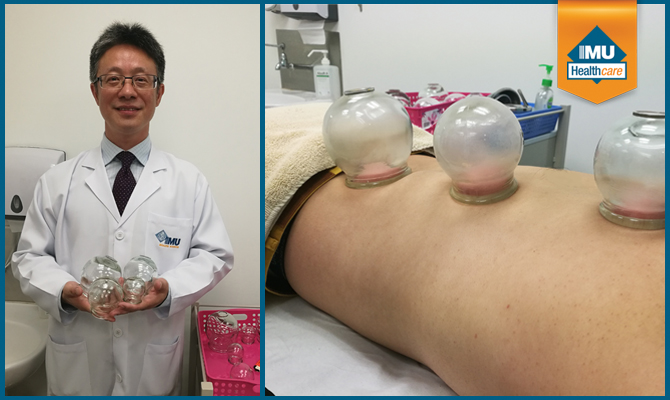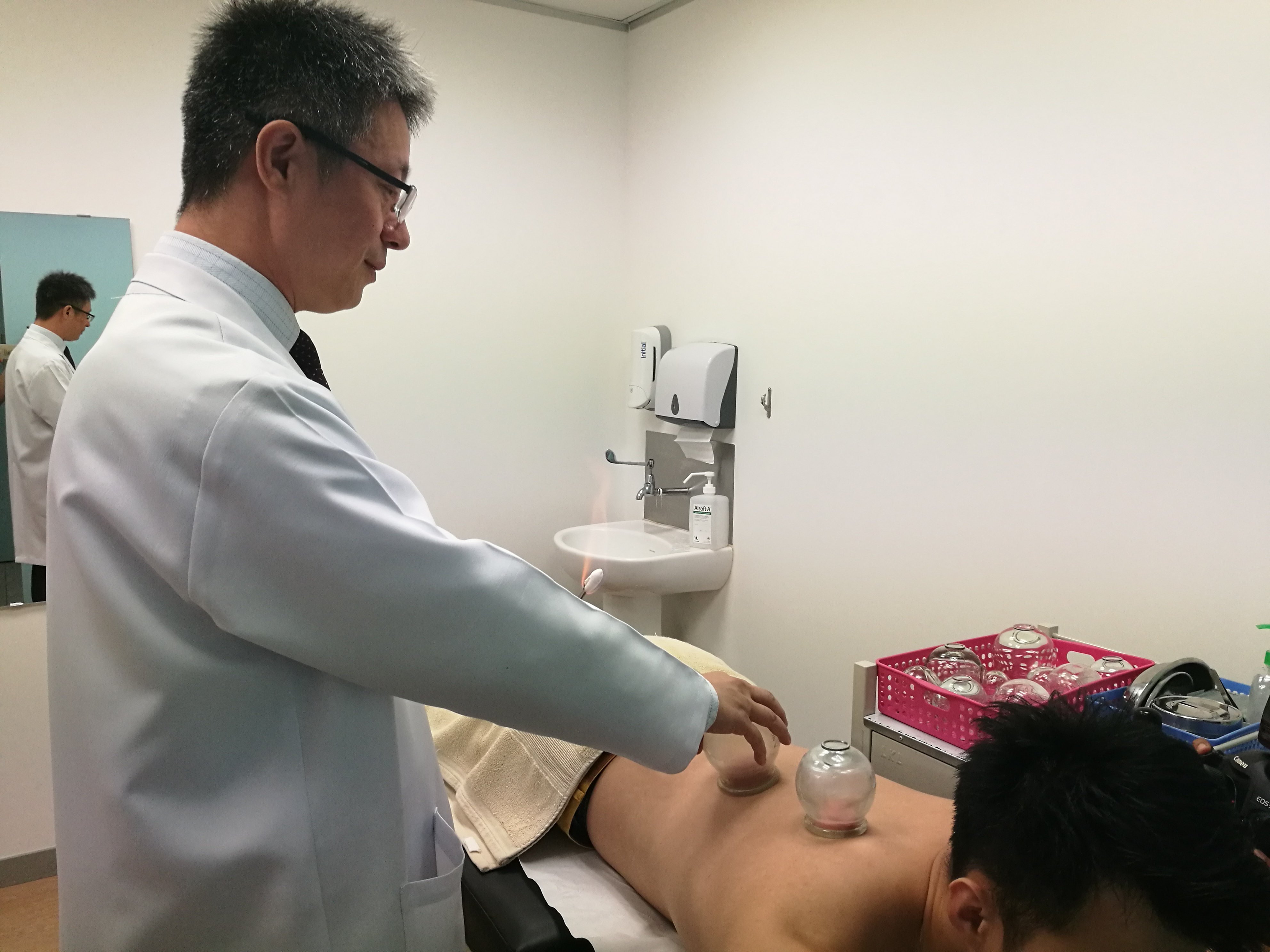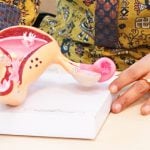After all the discussion and debate about the purplish marks found on the bodies of so many athletes at the recent Rio Olympics, most notably Michael Phelps, there’s a high likelihood you have heard about cupping by now. But before we delve into the procedure for cupping, let us first take a look at its history.
Cupping is a form of treatment with ancient roots, stretching to even 1550 BC. Cupping was described in the Egyptian Ebers Papyrus, widely considered the oldest medical textbook in the world. In China, cupping has been a popular form of therapy for hundreds of years. The famed Taoist herbalist Ge Hong once said, “Acupuncture and cupping, more than half of the ills cured.” By proudly displaying his purplish marks from cupping treatment, Michael Phelps inadvertently exposed Chinese Medicine to many in the West. Meanwhile in China and across most of Asia, Chinese medicine has been woven into everyday life for centuries. Alongside Tuina (acupressure massage), acupuncture and moxibustion, cupping is one of the most popular treatments in Chinese medicine today.
So what sorts of ailments can cupping help to treat? Maybe in his enthusiasm for cupping, Ge Hong exaggerated. Cupping cannot cure half of all ills, but in the hands of a professional Chinese Medicine practitioner, it can alleviate pain caused by various sources. Alleviating muscle pain, arthritis, asthma and other breathing problems are some of the conditions that cupping has been associated with. Athletes like Phelps push their bodies to perform on a regular basis, resulting in aches and pains. The combination of cupping and Tuina is one of the most common therapies that can provide these athletes some pain relief from their extreme routines. For Prof Lin Xun, Senior Chinese medicine practitioner at IMU Healthcare Chinese Medicine Centre, the key to effective cupping treatment is professionalism and proper diagnosis. When he explains the procedure for dry cupping treatment, he chooses to emphasise the minute details, such as washing the hands thoroughly before starting the treatment and ensuring that the patient is not too cold. These steps may not be very glamorous or exciting, but Prof Lin Xun’s dedication to procedure helps to validate cupping as a legitimate form of therapy and pain relief.
The most interesting items used in cupping are undoubtedly the glass spherical cups that bear a likeness to light-bulbs or mini-fishbowls. The cups come in different sizes. The selection of cup size depends on the identified cupping area. Larger cups are used for bigger-bodied patients with more resilient skin, whilst the smaller cups are used for younger children or those with more delicate skin. Other important tools include a clean piece of cotton and alcohol solution.
As emphasised by Prof Lin Xun in his demonstration, the first step of cupping is always sanitation. Making sure the practitioner’s hands and equipment are clean is a must. The second step is to ensure the patient’s comfort, whether that means providing extra towels and support or giving the patient a thorough briefing of the treatment and its purpose. The practitioner then dips a cotton swab into alcohol solution and lights it aflame. It is important for the practitioner to keep the flame a safe distance from both the patient and himself. The practitioner then chooses an appropriately sized cup and briefly warms it by placing the flame inside. Then, the cup is placed on specific regions of the body, such as the upper shoulders, lower back or the legs. The number of cups can vary depending on the needs of the patient. Prof Lin Xun describes various techniques for cupping, each modified to suit a different need. Dry cupping is the most popular kind, where glass cups are placed on the targeted areas of the body, usually for 5 to 10 minutes. There is a specific method in which the glass cups are removed. First, gas is released from inside the cup, and then it is lightly lifted off. Tugging at the cups without allowing the gas to escape is dangerous and can cause damage to the skin. When the cups are removed, they leave behind the circular, purplish marks that caught everyone’s attention when Phelps swam swiftly through the Olympic pool. The marks are caused by the pressure created in the cups. The colour of these markings can actually aid the Chinese physician in assessing a patient’s condition. Lighter, more reddish hues are representative of acute pain, whereas darker, more intensely coloured marks are indicative of chronic pain and greater stagnation of the blood.  According to Chinese physicians, cupping aims to reduce stagnation of the blood, and allow for better blood circulation. The metaphor used to describe this is a car stuck in a traffic jam, where nothing can move. In Chinese medicine, this stasis or stagnation can be the cause of discomfort. Cupping increases blood circulation, effectively “clearing the traffic jam” and allowing for movement. The reddish marks usually disappear within 3-4 days, while the darker marks can take up to 8-10 days. But what is the philosophy behind cupping? Well, the process is closely associated with the integral tenets of Chinese medicine. Chinese medicine is centred on the concept of “Qi”, the vital force. The vital force represents energy and its various manifestations in the body. Good health depends on this vital force, and the vital force is associated with balance and harmony within the body. By creating pressure and reducing blood stagnation, the process of cupping is believed to restore balance to the body, hence increasing the flow of ‘Qi’. Chinese medicine practitioners can recommend different forms of cupping based on the patient’s needs. Wet cupping is a more invasive variation to dry cupping, which is employed less commonly but used when dry cupping cannot provide the desired effect. Wet cupping involves making small incisions to the skin and then using the cups for suction. There is also moving cupping and flash cupping. The former method involves the use of a lubricant, such as Vaseline on the skin. Then the heated cups are moved across the skin, to provide a stronger sensation and to cover a larger surface area. Flash cupping is used for individuals who desire lighter, less noticeable markings and a gentler sensation but similar benefits to dry cupping. Flash cupping is similar to dry cupping but the cups are lifted up and down repetitively instead of being left down on the skin for a long time. Let’s shift the conversation back to Michael Phelps and his fellow athletes. The Olympics are a highly stressful period, where everyone is under pressure to succeed. The athletes are made to compete in many different, highly strenuous events. Without question, their bodies are put under great strain and they are very vulnerable to the risk of injury. With cupping, a considerable number of athletes experienced the pain relief and confidence they needed to do their best under immense pressure. Michael Phelps and Pavel Sankovich both took to social media to praise the relieving effects of cupping. These athletes definitely had a positive experience.
According to Chinese physicians, cupping aims to reduce stagnation of the blood, and allow for better blood circulation. The metaphor used to describe this is a car stuck in a traffic jam, where nothing can move. In Chinese medicine, this stasis or stagnation can be the cause of discomfort. Cupping increases blood circulation, effectively “clearing the traffic jam” and allowing for movement. The reddish marks usually disappear within 3-4 days, while the darker marks can take up to 8-10 days. But what is the philosophy behind cupping? Well, the process is closely associated with the integral tenets of Chinese medicine. Chinese medicine is centred on the concept of “Qi”, the vital force. The vital force represents energy and its various manifestations in the body. Good health depends on this vital force, and the vital force is associated with balance and harmony within the body. By creating pressure and reducing blood stagnation, the process of cupping is believed to restore balance to the body, hence increasing the flow of ‘Qi’. Chinese medicine practitioners can recommend different forms of cupping based on the patient’s needs. Wet cupping is a more invasive variation to dry cupping, which is employed less commonly but used when dry cupping cannot provide the desired effect. Wet cupping involves making small incisions to the skin and then using the cups for suction. There is also moving cupping and flash cupping. The former method involves the use of a lubricant, such as Vaseline on the skin. Then the heated cups are moved across the skin, to provide a stronger sensation and to cover a larger surface area. Flash cupping is used for individuals who desire lighter, less noticeable markings and a gentler sensation but similar benefits to dry cupping. Flash cupping is similar to dry cupping but the cups are lifted up and down repetitively instead of being left down on the skin for a long time. Let’s shift the conversation back to Michael Phelps and his fellow athletes. The Olympics are a highly stressful period, where everyone is under pressure to succeed. The athletes are made to compete in many different, highly strenuous events. Without question, their bodies are put under great strain and they are very vulnerable to the risk of injury. With cupping, a considerable number of athletes experienced the pain relief and confidence they needed to do their best under immense pressure. Michael Phelps and Pavel Sankovich both took to social media to praise the relieving effects of cupping. These athletes definitely had a positive experience.
As interesting as the cupping process may seem, Prof Lin Xun warns strongly against trying cupping therapy by yourself or with an inexperienced person. You should always receive treatment from a professional. Would you try to use surgical equipment on yourself with no experience? The same goes for cupping. With a professional practitioner adept in Chinese medicine, cupping can alleviate pain, but in untrained hands it can actually worsen the situation.
That said, with international icons like Michael Phelps showing a resolute faith in the benefits of cupping, Chinese medicine seems to be on a path to greater recognition and appreciation in the West. This article is brought to you by IMU Healthcare.










